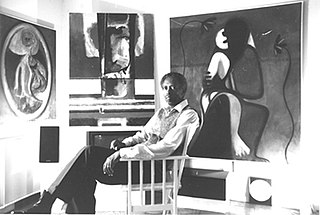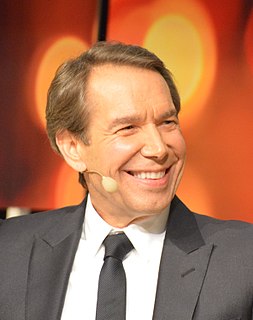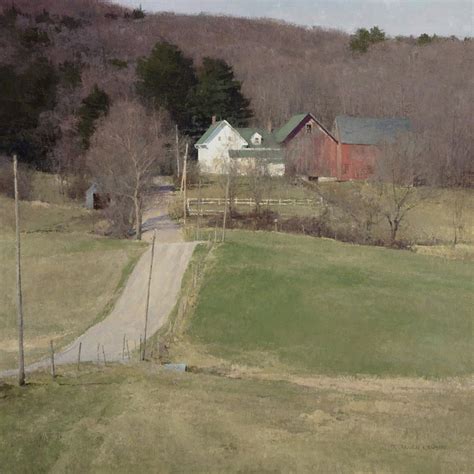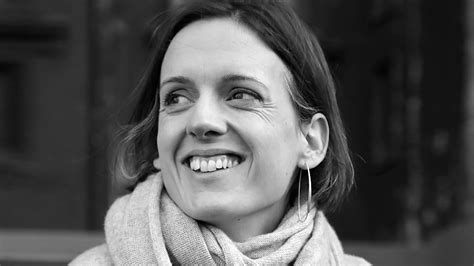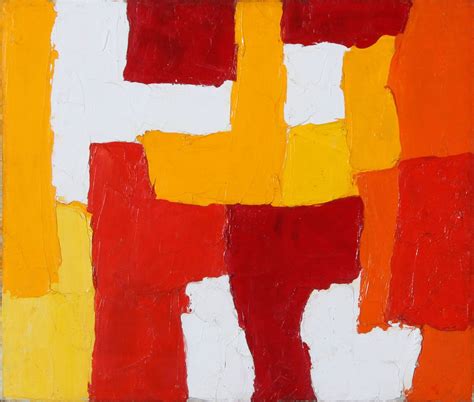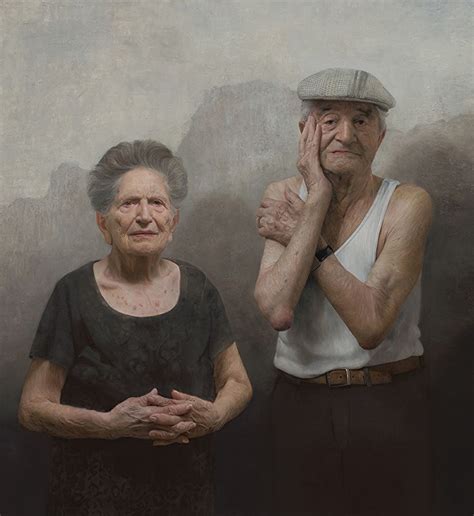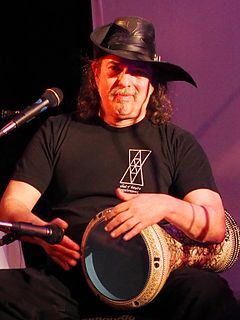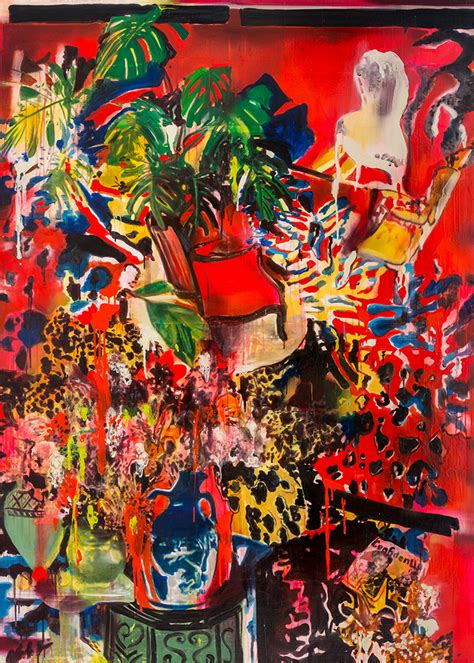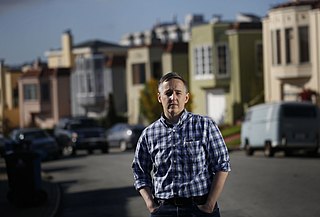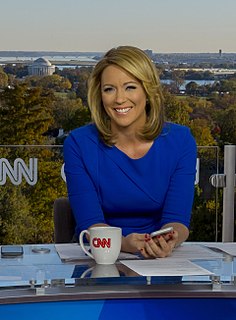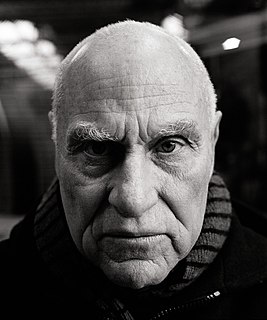A Quote by Eugene J. Martin
There are opposing forces in all living things. My work reflects this and stirs up a contrast of emotions in the viewer... perception versus annoyance. To the viewer who has reached that level of awareness, my work is no longer abstract, but very real.
Related Quotes
A lot of the pieces I've done over the years have involved alterations of scale and the idea of the viewer's relationship to the object and how we see things by either enlarging or reducing objects, it causes the viewer to look at them again. It's hard to do because our culture is so bombarded by images and media. How do you make something fresh for a viewer? That's a real challenge.
But to demand that a work be “relatable” expresses a different expectation: that the work itself be somehow accommodating to, or reflective of, the experience of the reader or viewer. The reader or viewer remains passive in the face of the book or movie or play: she expects the work to be done for her. If the concept of identification suggested that an individual experiences a work as a mirror in which he might recognize himself, the notion of relatability implies that the work in question serves like a selfie: a flattering confirmation of an individual's solipsism.
I didn’t want a completely passive viewer. Art means too much to me. To be able to articulate something visually is really an important thing. I wanted to make work where the viewer wouldn’t walk away; he would giggle nervously, get pulled into history, into fiction, into something totally demeaning and possibly very beautiful
I want my paintings to give the viewer a true sense of reality - that includes but is not limited to depth, scale and a tactile surface as well as the real sense of what the subject looks like and is feeling at the time that I painted them. There should be a discourse between the viewer and the subject, to feel as though they are in a way connected. My goal is not to set a narrative but rather to have the viewer bring their own experiences to the painting and the subject as they would if they had seen the subject on the street in real life.
The tools are real. The viewer is real, you, the artist, is real and a part of everything you paint. You connect yourself to the viewer by sharing something that is inside of you that connects with something inside of him. All you have as your guide is that you know what moves you. All you have to do it with is a brush, some chemical and canvas, and technique.
ather than Eisenstein's fast and hard cutting, I like to hold the shot very still and for longer than we're accustomed to. For me personally as a viewer, this technique invariably causes me to have waves of emotions that I think arise from a profound form of mindful awareness and the feelings that go along with that. I am frequently brought to tears by this kind of existential cinematic technique.
I always like to believe that my work is about the expansion of the possibilities of the viewer. So if you have a sense of a heightened situation where there's an excitement, a physical excitement and an intellectual stimulation, there's just this sense of expansion. Because that's where the art happens. Inside the viewer.
I want to create objects that will stimulate the viewer in ways that I am stimulated by these objects. Now that's an ideal situation and the artist has no control over what his audience is going to think, but they can try to communicate some quality, some poetry through the work and just hope that the viewer has something in the vicinity of a similar experience.
